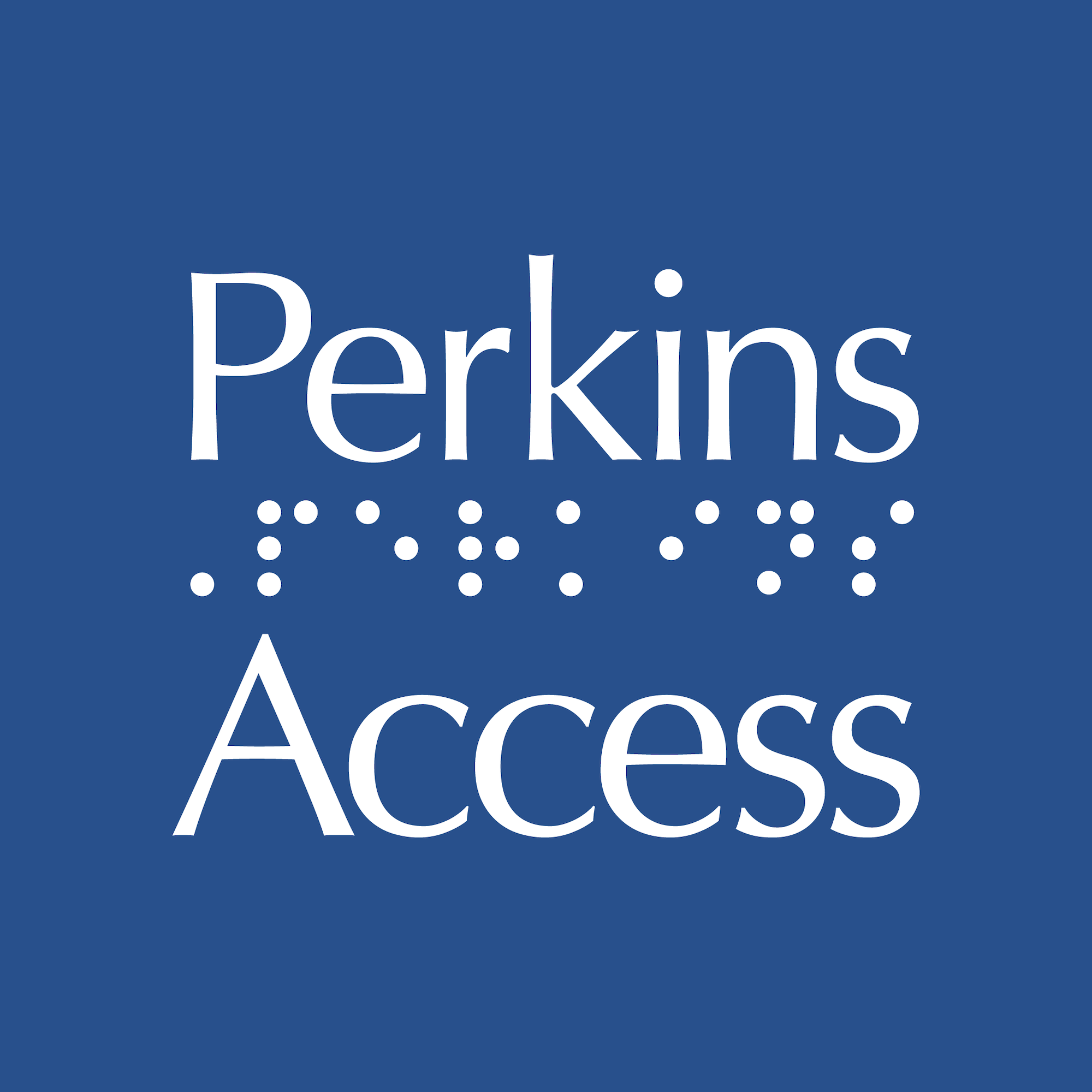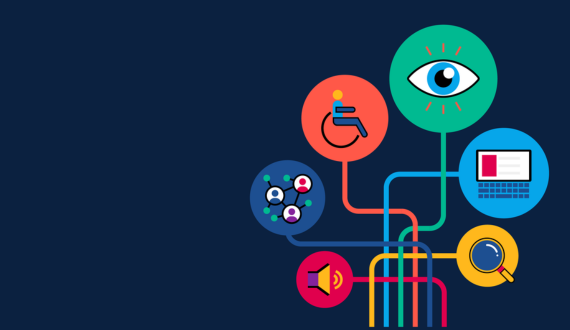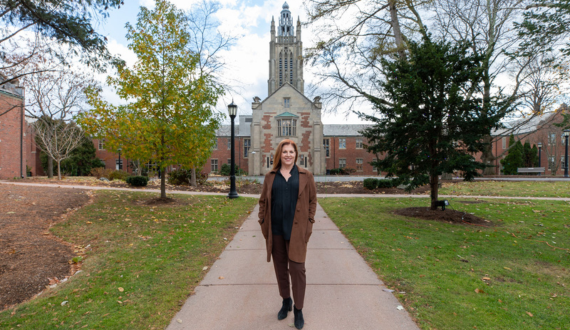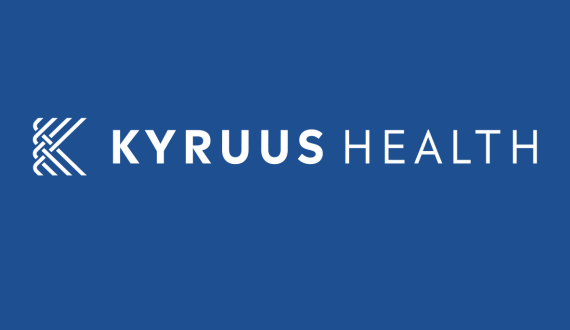Accessibility and the aging population
Share

While a disability can happen to anyone and occur at any time in a person’s life, the CDC shows that disabilities are more common among adults 65 years of age and older, affecting approximately 2 in 5 adults in this age group. In fact, by 2040, the number of Americans ages 65 and older will more than double, reaching 80 million.
As the population ages, their needs change. In order to meet these needs, organizations must improve their accessibility or risk excluding potential customers. Can you afford to exclude the Baby Boomers, who hold 70% of the disposable income in the US and spend over $548 billion a year?
How can technology meet the needs of older adults
Technology has the potential to transform the lives of our aging population by providing innovative solutions that enable their independence.
AgeTech is a growing category organizations are investing in (see: Alexa Together by Amazon). But without accessibility, these solutions won’t meet the needs of all older adults, especially those with disabilities.
Accessible solutions stand to improve many facets of life for older adults, including:
Connecting with others
Social isolation and loneliness are significant issues for older adults, particularly those who live alone. AgeTech provides solutions for older adults so they can stay connected with loved ones and participate in social activities. For example, video conferencing tools can facilitate virtual socializing, and social networking sites can connect older adults with like-minded people and interest groups.
Leisure
In addition to helping the elderly stay connected with others, AgeTech plays a crucial role in maintaining their mental and emotional wellbeing, especially for older adults who may face social isolation or physical limitations. By providing tools and resources, AgeTech can enable older adults to engage in leisure activities and hobbies, fostering a sense of purpose and enjoyment in life. For example, VR technology can provide immersive experiences that transport users to different environments and allow them to participate in activities they may not otherwise be able to do.
Information
The rapid advancement of technology has made it possible for aging individuals living with disabilities to stay up-to-date with news and other current and community events. With assistive technology like screen readers or text-to-speech software, older adults can access news articles or other information from websites, helping them stay informed. Mobile apps, too, have the potential to revolutionize inclusion efforts for people with disabilities who can benefit most. Features such as voice commands and haptic feedback can make these apps more accessible.
Healthcare
Telehealth solutions make it easier for people with disabilities to receive medical care and support remotely, without having to visit a healthcare provider in person. For people who may have difficulty accessing healthcare services due to mobility or transportation issues, this can be a huge advantage.
Telehealth technology also allows healthcare providers to monitor vital signs and health status remotely, alerting them to any changes that may require intervention. In addition, telehealth solutions can include teleconsultations, where individuals can receive medical advice and support via video conferencing technology and receive care from the comfort of their own homes.
Wearable devices are becoming increasingly popular among older adults as well. Smartwatches, medical alert devices, and fitness trackers can track vital signs, monitor activity levels, and provide alerts and notifications, helping individuals monitor their health independently. Similarly, cognitive training tools can improve cognitive function and delay the onset of cognitive decline.
Daily living
By using connected devices and sensors, smart home technology can help individuals control various aspects of their home environment, providing convenience and safety. Daily activities and routines become much more manageable when they have access to:
- Voice-activated personal assistants such as Amazon Echo and Google Home, that can control various devices and services through voice commands. For older people who have difficulty operating traditional home automation systems or controlling devices through manual interfaces, this is a much-welcomed service.
- Smart-home features like security systems are ideal for older people who may have a hard time monitoring their homes or responding to security threats and can provide greater peace of mind. Likewise, smart appliances and smart lighting systems alike, such as refrigerators, ovens, and washing machines, are suitable for the aging population who have mobility or cognitive impairments, and may have difficulty operating traditional home appliances.
Why accessibility is key for the aging population
While AgeTech and solutions geared toward older adults have the potential to provide significant benefits to the aging population, accessibility and usability need to be addressed to provide the most positive impact:
- Accessibility: by designing with accessibility in mind, you can ensure that your solution is accessible to everyone, regardless of their physical or cognitive abilities. Learn what accessibility means and how your organization should start thinking about it.
- Usability: for older adults who may not be familiar with technology, devices need to be easy to use and understand, because most older adults say they need help using new electronic devices.
How organizations can lead the way
Without accessible and inclusive solutions, older people living with disabilities will continue to face challenges. To meet the needs of the aging population organizations should:
- Conduct research to identify the needs of older adults. Learn more about our Inclusive User Research and how we can support your research process.
- Develop accessible solutions to include all of their customers and employees, regardless of their age, ability or means of access.
- Foster a culture of inclusion that encourages employees to build-accessibility-in across the whole organization. Learn how we help organizations take a strategic approach to accessibility.
By following these steps, organizations create a more inclusive society, enabling all individuals to live an independent lifestyle.
Develop an accessibility strategy
Now that you understand how accessibility impacts the aging population, it’s important to know what to do next. We know accessibility can be daunting, so we’re here to make your accessibility efforts manageable. Perkins Access can help you develop an accessibility strategy and plan for long-term success. With high-level strategic consulting, we can guide you in creating a realistic digital accessibility plan for people with disabilities. Contact us for a free consultation.




